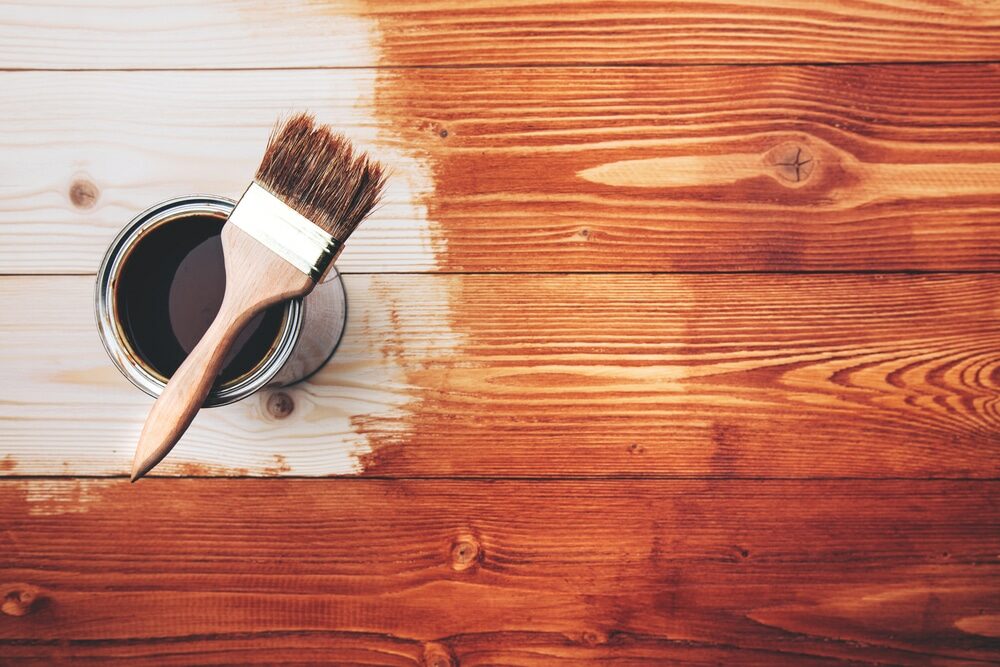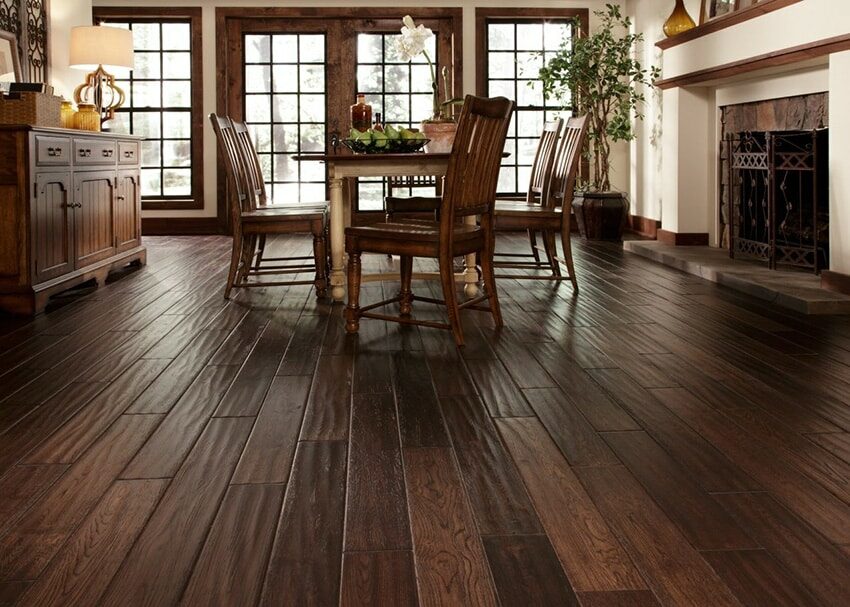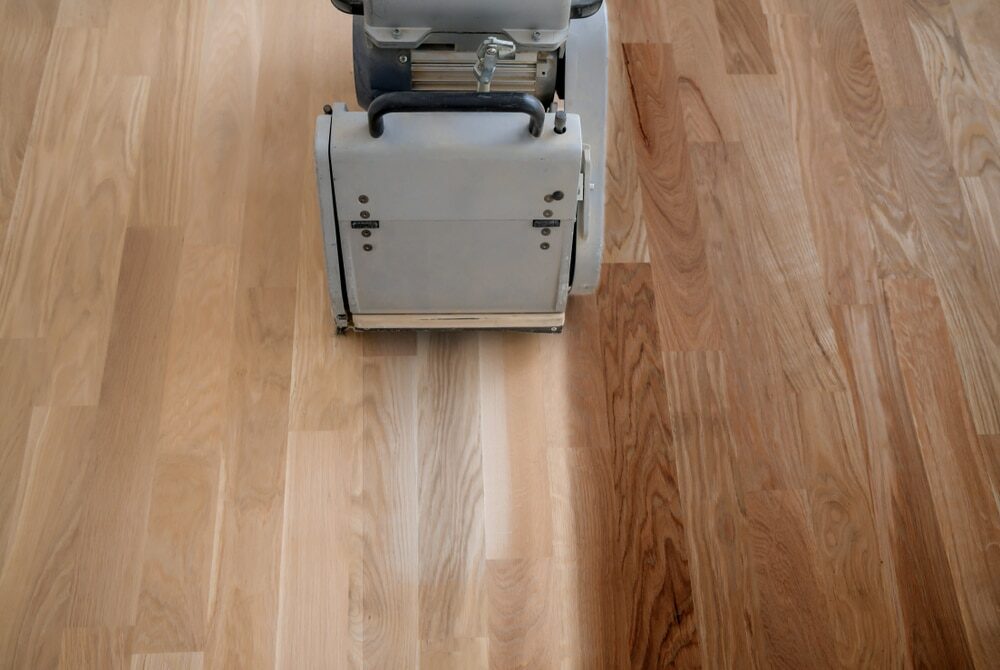London:
Nationwide:
Types of Parquet Floor Sanding – Popular Options for Your Home
Posted on May 1, 2023
Blog
Discover the Perfect Parquet Floor Sanding Method for Your Home: Exploring the Most Popular Options
Parquet flooring is a stunning and classic choice for homeowners who want to add a touch of elegance and sophistication to their homes. Parquet floors are made from small wooden blocks or strips arranged in geometric patterns, creating a unique and visually appealing floor design. However, like any other flooring material, parquet floors are prone to wear and tear and may require sanding to restore their original beauty and prolong their lifespan. In this blog post, we will explore the various types of parquet floor sanding, discuss their benefits and drawbacks, and help you choose the best sanding method for your specific needs.
-
Traditional drum sanding
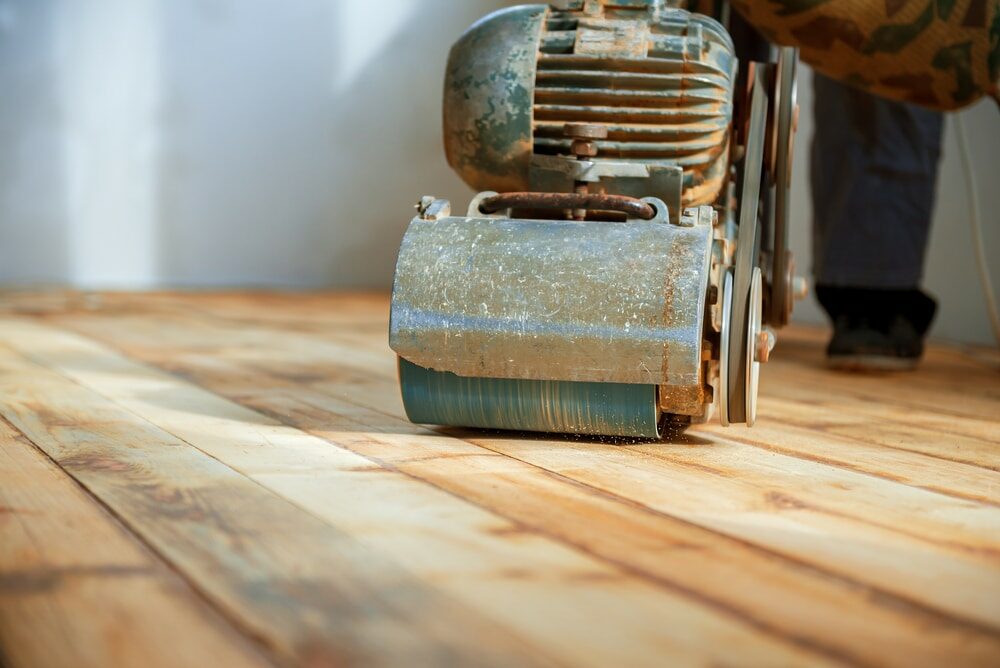
Pros:
- effective at removing deep scratches and dents
- can level uneven surfaces
- wide availability of equipment and contractors
Cons:
- Can cause damage to the wood if not done carefully.
- Generates a large amount of dust.
- May be too aggressive for some parquet patterns.
-
Orbital Sanding
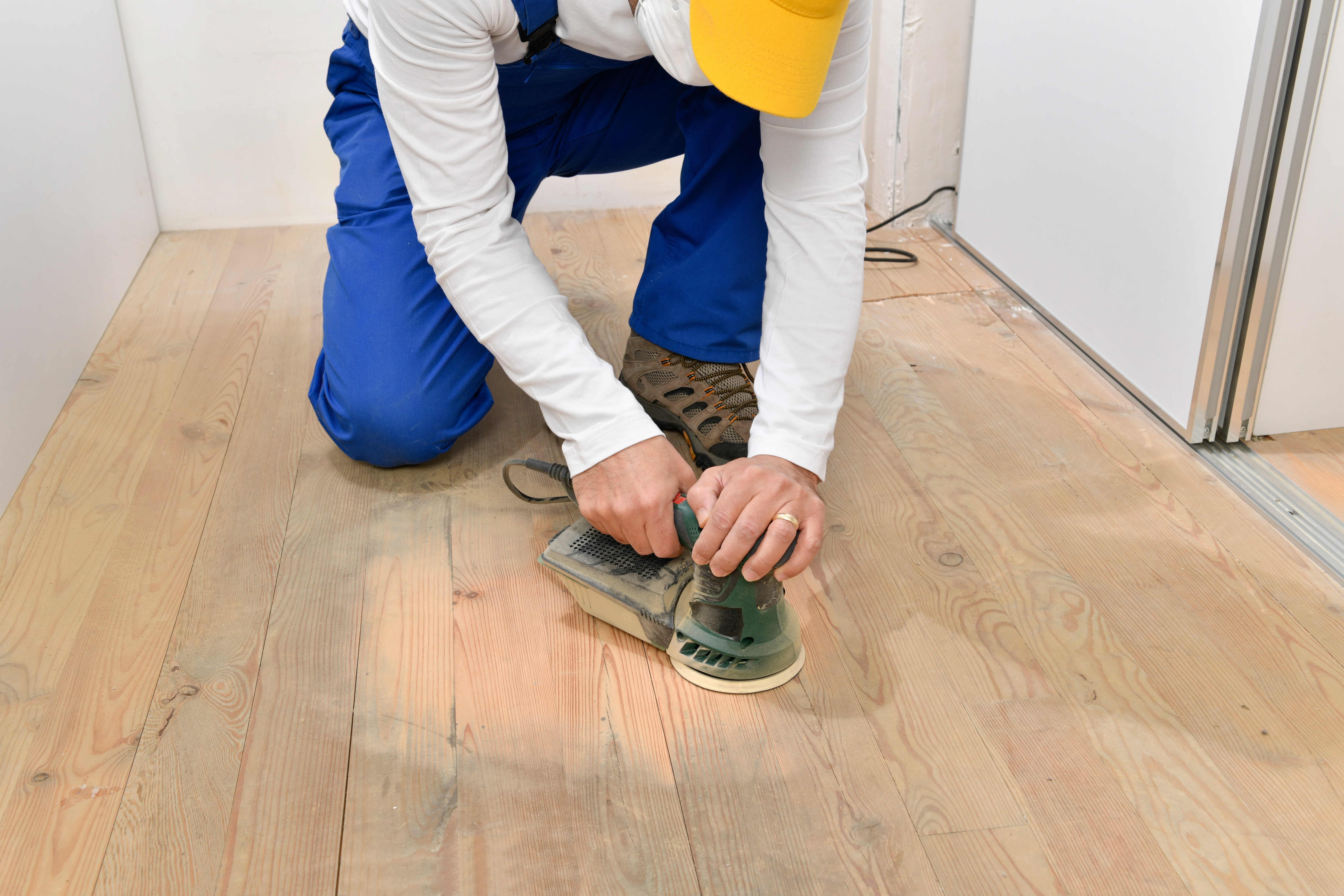
Pros:
- Gentle on delicate parquet patterns and wood species
- less likely to cause damage to the wood
- Generates less dust compared to drum sanding.
Cons:
- Not as effective at removing deep scratches and dents.
- Can be time-consuming.
- May require multiple passes for desired results.
-
Dustless Sanding
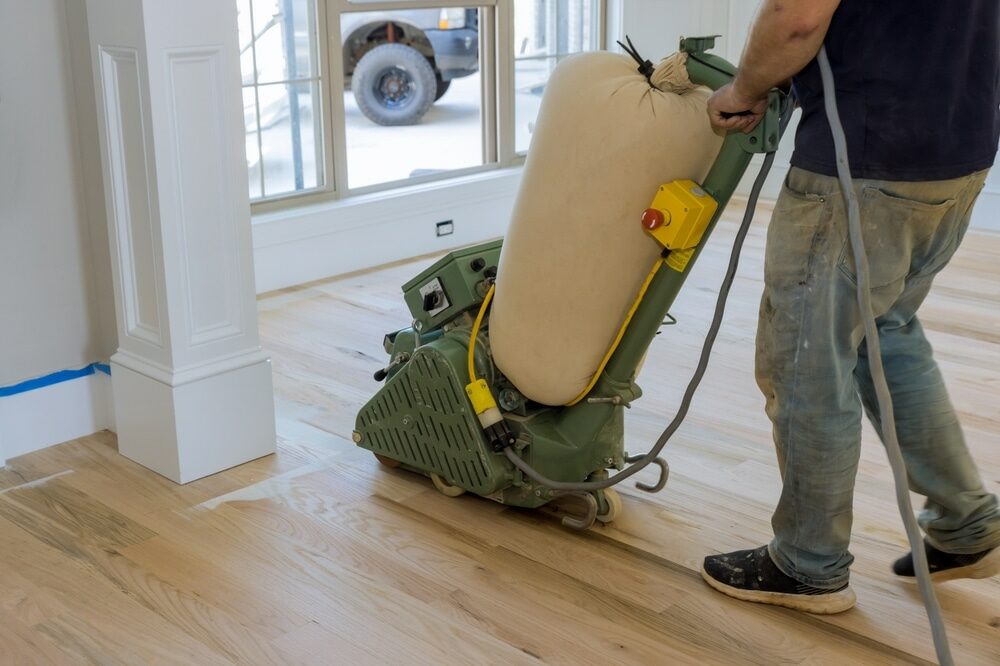
Pros:
- significantly reduces dust and debris
- Provides a cleaner working environment.
- Can be used with both drum and orbital sanders.
Cons:
- more expensive than traditional sanding methods
- Requires specialised equipment and trained professionals.
- not entirely dust-free
-
Hand Sanding
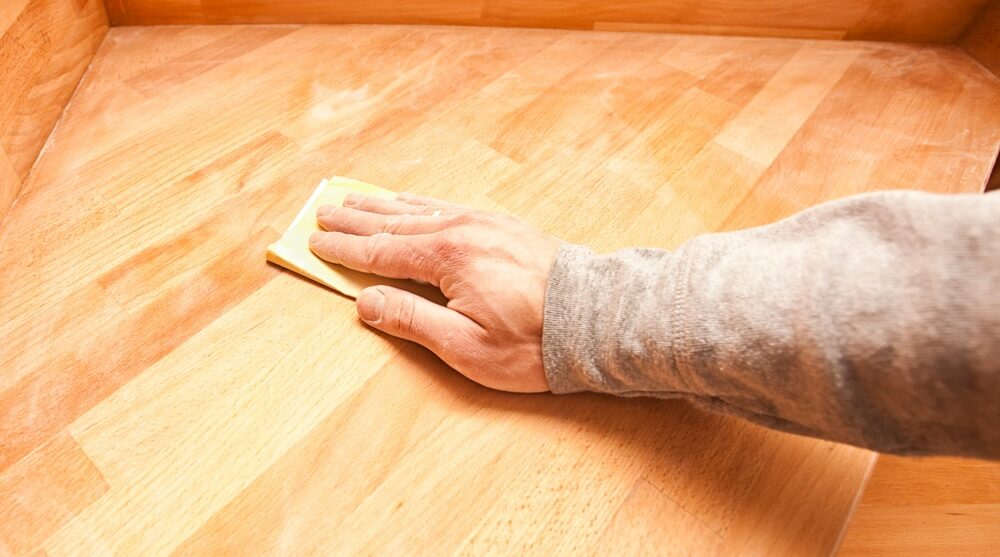
Pros:
- Allows for precise control and attention to detail.
- Ideal for small-scale projects and hard-to-reach areas
- There is no need for expensive equipment.
Cons:
- time-consuming and labour-intensive
- not suitable for large-scale projects
- May not provide consistent results.
-
Chemical Sanding
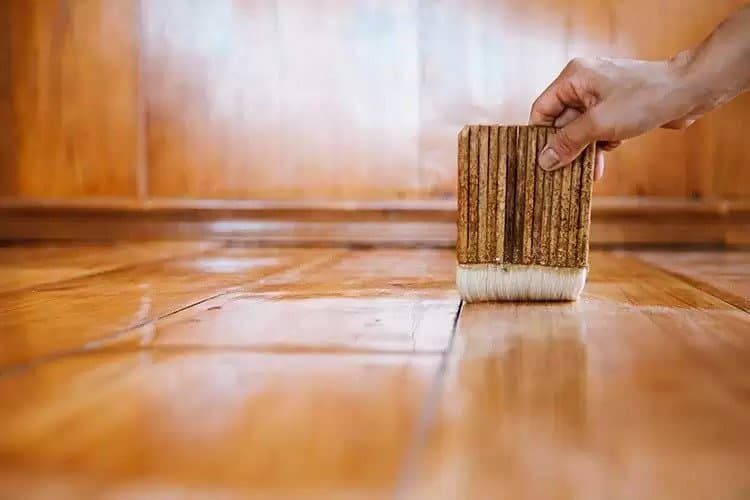
Pros:
- non-abrasive and gentle on the wood
- eco-friendly alternative to traditional sanding methods
- Can be used on floors that cannot withstand mechanical sanding.
Cons:
- May not be as effective at removing deep scratches and dents.
- Can be time-consuming.
- Requires proper ventilation and protective gear.
Conclusion
Choosing the right type of paraquet floor sanding for your home depends on several factors, including the condition of your floor, your desired results, your budget, and your personal preferences. Each of the methods discussed above has its own unique advantages and drawbacks, making it essential to carefully consider your options before making a decision.Here are some tips to help you make the right choice:
- Assess the condition of your floor. If your parquet floor has deep scratches, dents, or uneven surfaces, traditional drum sanding might be the most effective method. However, if your floor is in relatively good condition and only requires minor refinishing, a gentler method like orbital sanding or hand sanding might be more appropriate.
- Consider your parquet pattern and wood species. Delicate parquet patterns and sensitive wood species may require a gentler approach, such as orbital sanding or hand sanding, to prevent damage.
- Evaluate your budget: traditional drum sanding and hand sanding tend to be more affordable options, while dustless sanding and chemical sanding can be more expensive due to the specialised equipment and expertise required.
- Think about your environmental impact. If you are concerned about the environmental impact of your floor refinishing project, consider opting for chemical sanding or dustless sanding, which can be more eco-friendly alternatives to traditional sanding methods.
- Consult a professional. If you’re unsure about the best sanding method for your parquet floor, it’s always a good idea to consult a professional flooring contractor who can assess your floor’s condition and recommend the most suitable sanding technique.
Some Useful Links:
More from our Blog:
Sanding Wood Floorboards – Expert Tips for a Stunning & Durable Home Transformation The Ultimate Guide to Floorboard Sanding Techniques Uncover the Top Wood Floor Sanding Services in London: 5 Key Steps to Revive Your Floors Transform Your Home with Sustainable Wood FlooringSanding
We provide virtually dust-free sanding with our continuous belt machinery with mobile extraction units, giving you a safer environment for your family.
Oiling
This organic finish not only adds beauty to your home but also has exceptional water-repellent characteristics, making it easier to clean and maintain.
Waxing
This natural floor finish offers the softest and most mellow appearance – and leaves your floor able to breath.
Buffing
Using soft buffing machines (and hand-polishing where required) will bring a wonderful sheen to your newly-finished floor.
Repairs
We offer a full assessment of your wooden floors to determine what repairs are needed to provide the perfect working surface for the later stages of sanding, staining and sealing.
Restoration
We offer a comprehensive restoration process designed to address floors that are improperly fitted or damaged over time through wear and tear.
Request a fixed price quote for your wood floor restoration now
Simply enter your postcode below to get started.
Services
Wood Floor Sanding Wood Floor Restoration Wood Floor Scratch Repair Squeaky Wood Floor Repair Parquet Floor Sanding Parquet Floor Restoration Commercial Floor Sanding Church Floor Sanding Community Centre Floor Sanding School Floor Sanding Gap Filling Gap Filling with ResinCopyright © Mr Sander®
Privacy & Cookies Terms & Conditions Complaints Procedure Cancellation Rights Sitemap